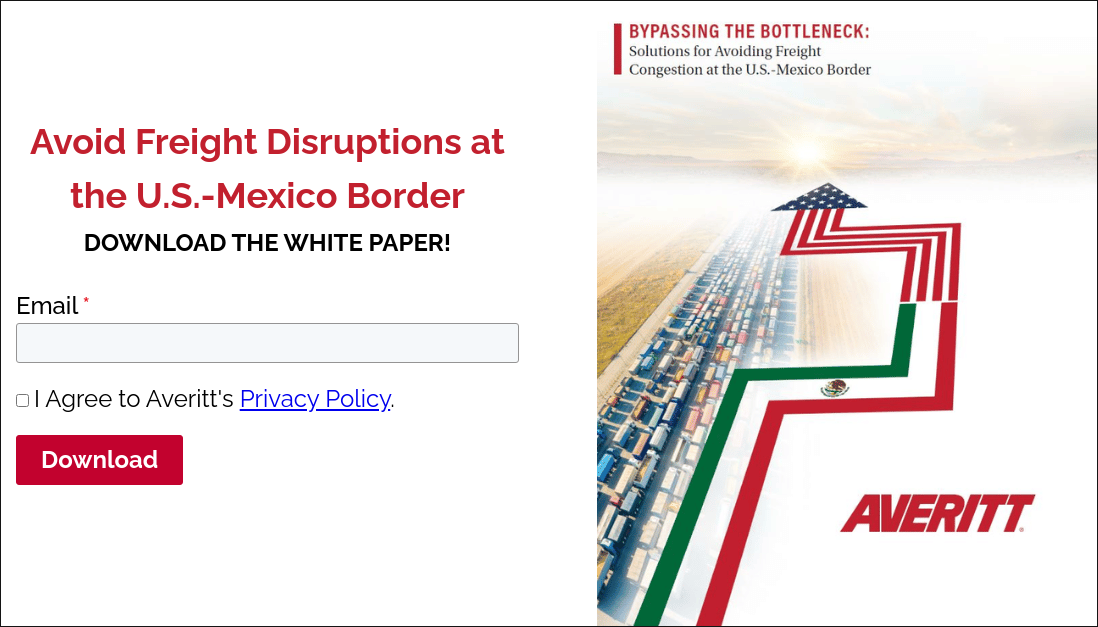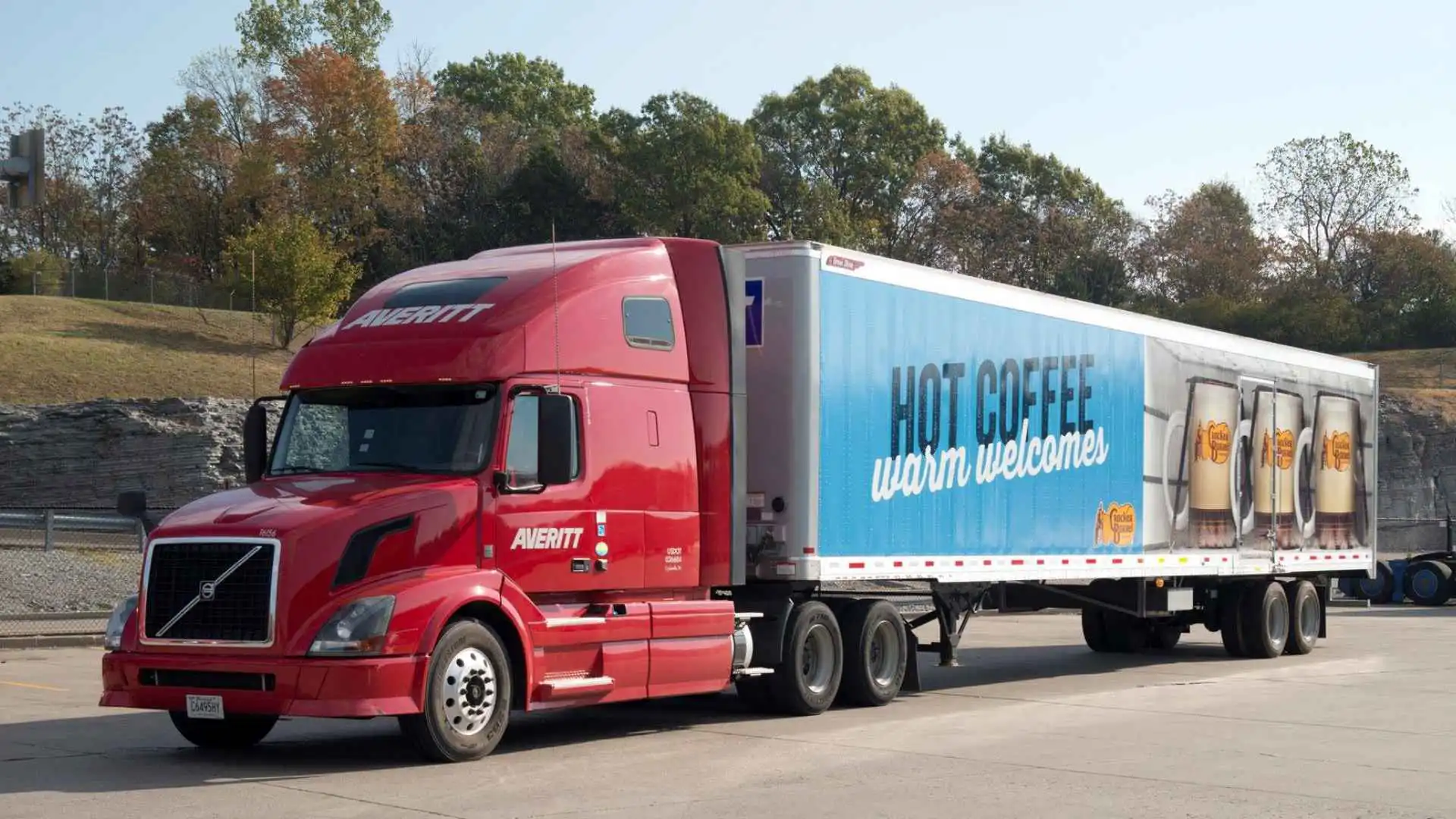What's On The Horizon?
Freight congestion along the border will not be an easy fix. Nonetheless, there is another development that shippers should keep an eye on in the years ahead: China.
Increasing Chinese Investment
North American supply chains may be moving away from China, but that hasn't stopped China from moving closer to them.
As trade tensions and tariffs complicate U.S.-China economic interactions, Chinese companies are increasingly turning to Mexico as a strategic base to maintain access to the American market. The significant investment surge from China into Mexican sectors such as automotive and electronics manufacturing is largely driven by nearshoring trends, as companies aim to circumvent American tariffs on Chinese goods by producing and assembling them in Mexico. This move not only benefits Chinese companies but also bolsters Mexico's manufacturing capacity and its role in the global supply chain.
This dynamic is reshaping trade flows and manufacturing strategies, as highlighted by the BBC’s coverage on how Chinese firms are strategically using Mexico as a backdoor to the U.S. market, indicating a significant shift in global manufacturing strategies aimed at leveraging Mexico's geographical and economic advantages.
%20copy.webp?width=960&height=540&name=mexico-booms%20(1)%20copy.webp)
What Are The Implications?
The ongoing political scrutiny of Chinese investments in Mexico by the U.S. government, particularly in sectors like automotive manufacturing, could have significant economic implications for both Mexico and the U.S. — and the USMCA which is up for review by the U.S., Canada, and Mexico on 2026.
Is it possible that future tariffs could impact U.S. businesses that purchase goods from Mexico that are backed financially by Chinese interests? Possibly so. Nonetheless, no matter how the relations between the U.S. and China pan out: Mexico is clearly in demand.
Helping You Navigate The Challenges
At Averitt, we provide shippers over 50 years of supply chain and logistics expertise. Ranging from regional LTL and warehousing to customized distribution strategies covering the U.S., Mexico, and China, our team is dedicated to streamlining your supply chain from beginning to end. Our team has helped our partners overcome challenges, both, big and small. From USMCA expertise to assisting with establishing shipping operations in new countries, we can help you at nearly every turn in the supply chain.
And when it comes to cross-border logistics and transportation for your supply chain with Mexico, Averitt has you covered with over 25 years of expert service, assets, and partnerships that keep your business moving without delay on both sides of the border. Watch the video below to learn more, and visit our Cross-Border Mexico page to learn more.










